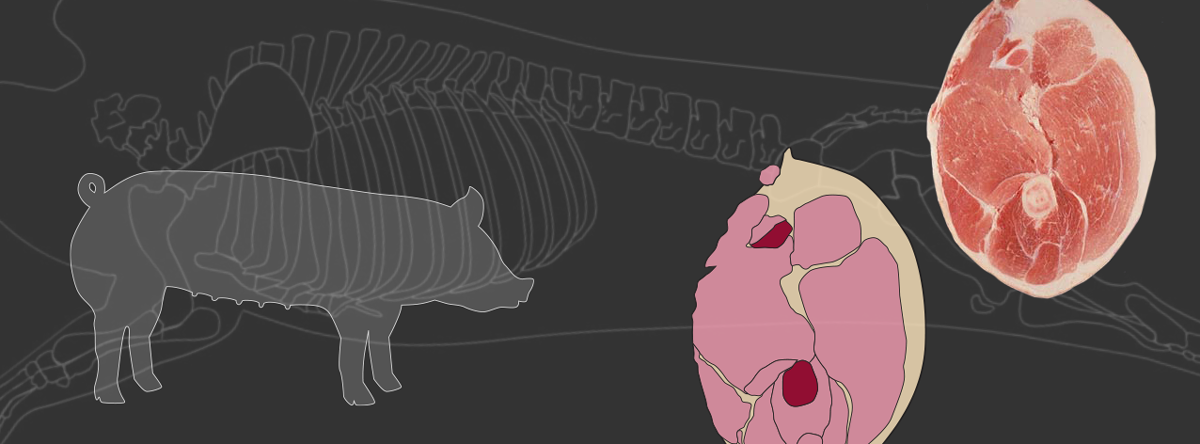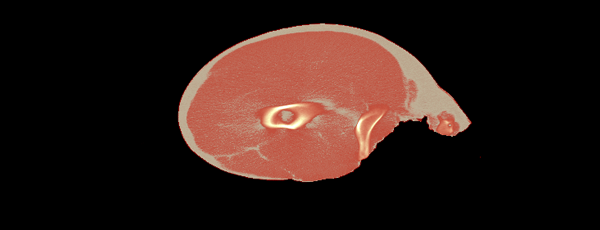Porcine Myology

The pork carcass is made up of over a hundred different muscles. These muscles have different properties which affect processing characteristics and consumer acceptability. There has been a continued trend to separate muscles, based on these characteristics to better market them. Today the majority of the cuts found in the retail meat counter are boneless, thereby providing the need for knowledge of the musculature of the pork animal. The institutional meat purchaser’s specifications (IMPS), are written in such a way that knowledge of the muscular anatomy of the pork carcass becomes necessary to maintain consistency in cutting procedures. Knowledge of the myology of the pork animal and the ability to disseminate that information has become more important in understanding the carcass characteristics of pork.
Research has recently been conducted to profile the physical and chemical characteristics of pork muscles to more fully realize their value. This information will aid the processor in development and preparation of new products based on the inherent properties of each muscle. Additional information on each muscle was collected including: name, origin, insertion, action, innervation, and blood supply. This is included to assist in the understanding of muscular and skeletal anatomy.
There were eleven different sections developed to view the muscular and skeletal anatomy of the carcass. This provides ways in which the muscle information can be accessed. With the improvement of computers to handle graphic images and search through large databases rapidly, it is now possible to use a website that will serve as a resource for the muscular anatomy of the pork animal. This website will serve as a resource for both academics and industry alike.
Pork Stats
 3 oz.
3 oz.
A 3-ounce serving of pork is an "excellent" source of thiamin, selenium, protein, niacin, vitamin B6 and phosphorus.
 145° F
145° F
Fresh pork can be safely served juicy and slightly pink at 145° F with a three-minute rest.
 23 Billion
23 Billion
23 billion pounds of pork is produced annually in the United States.
 98%
98%
98% U.S. pig farms are family owned.

